THE LIGHT THAT FAILED
Deric Carner
June 5 - July 21, 2012
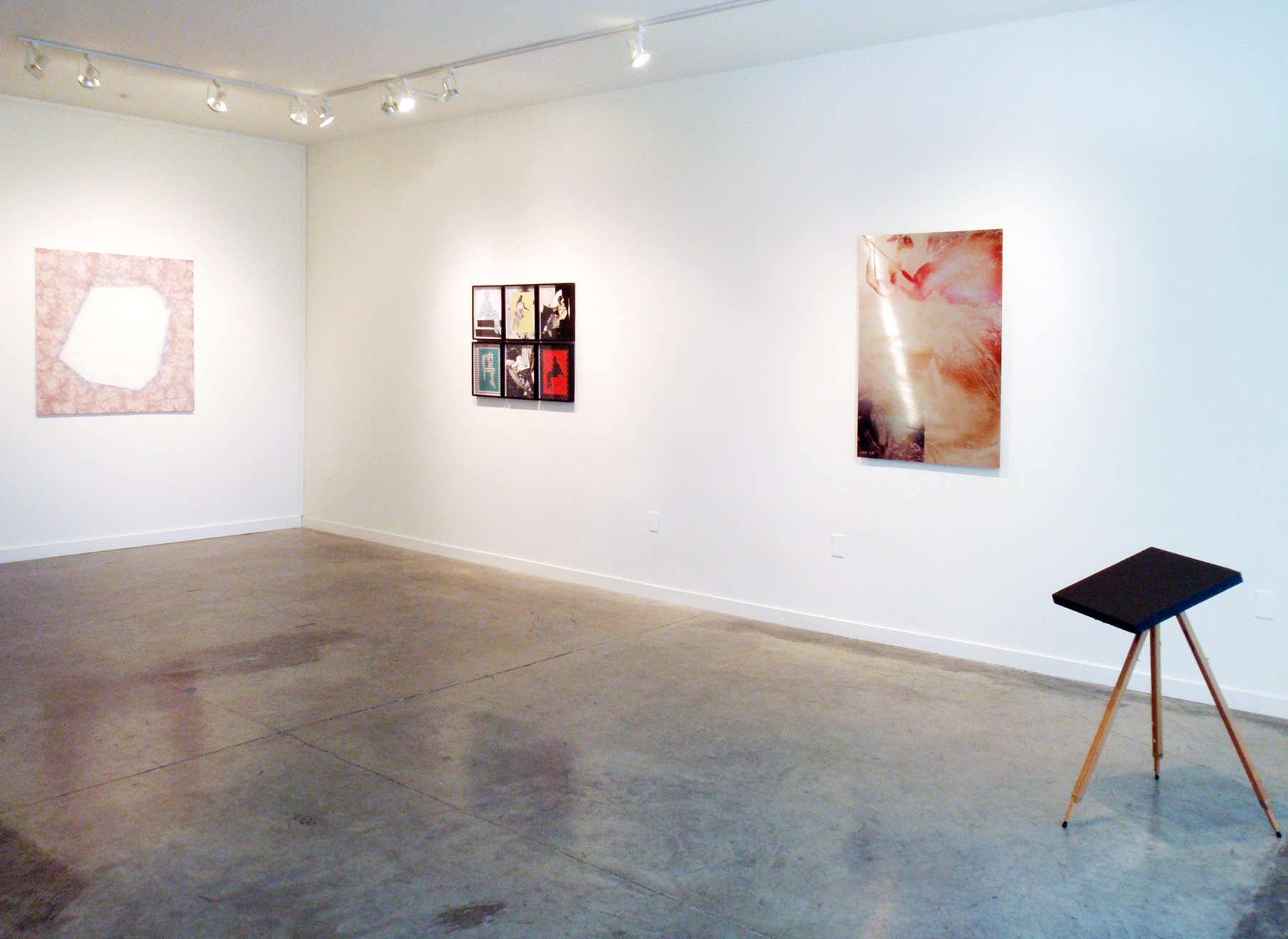


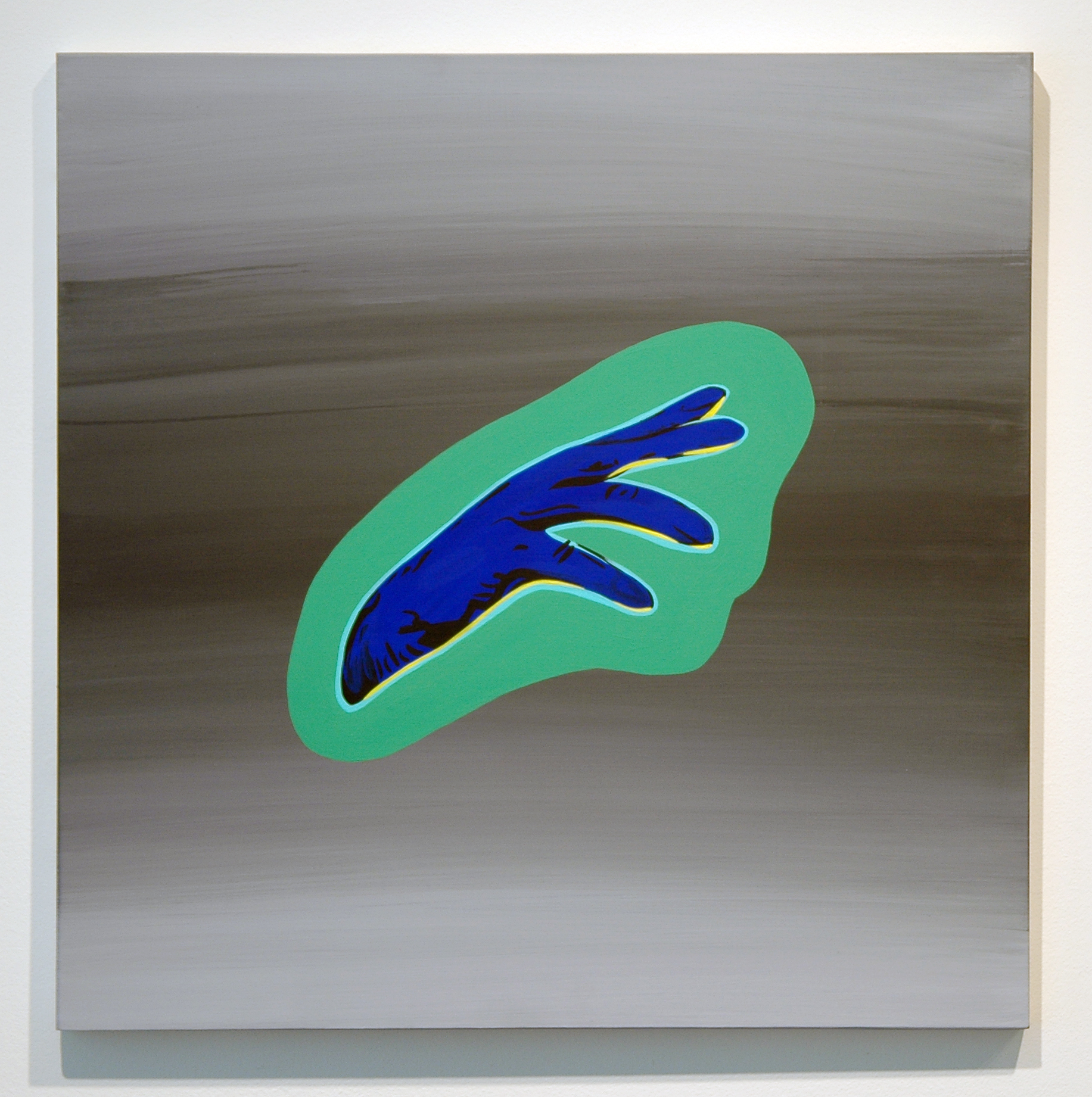
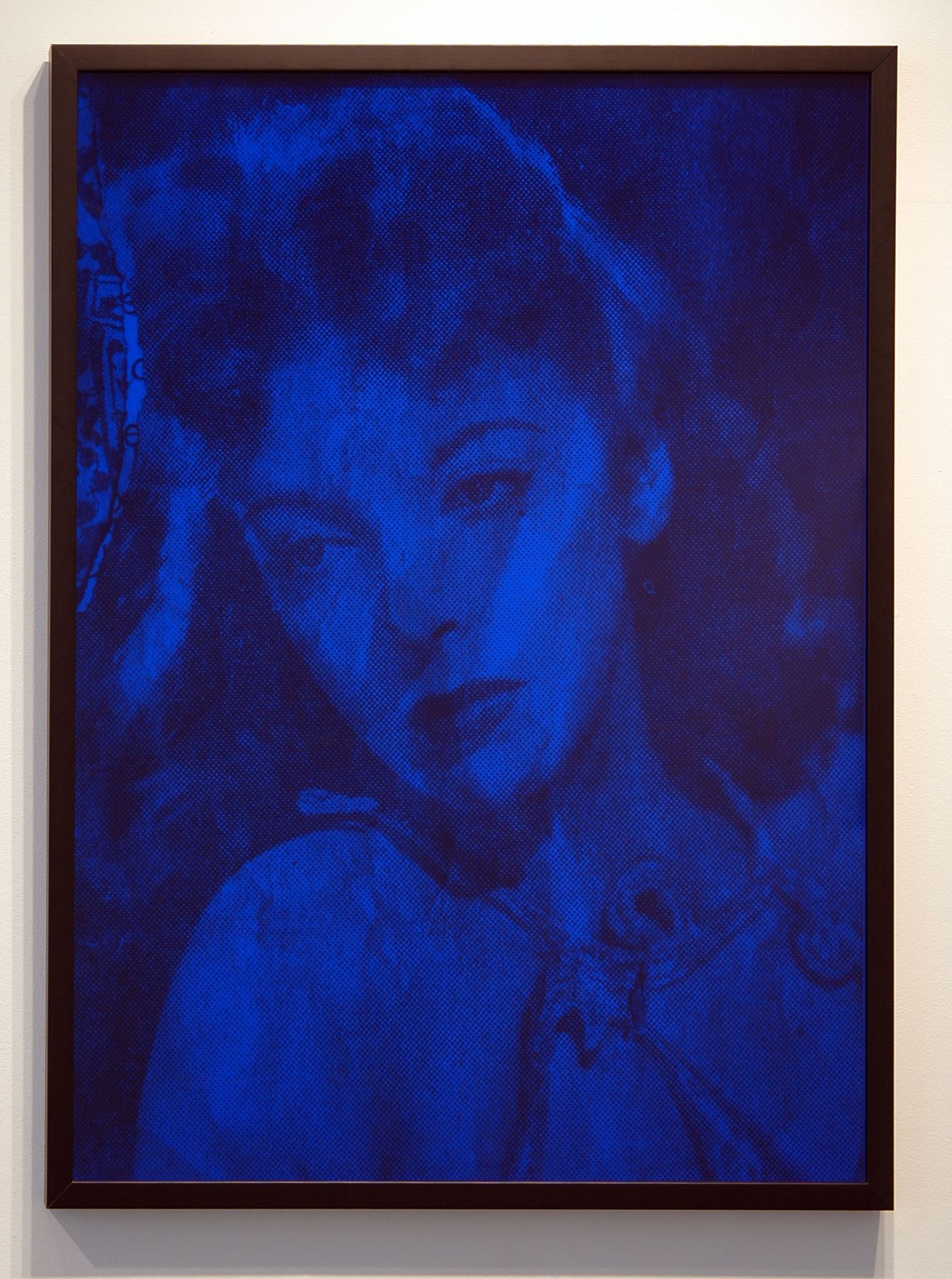

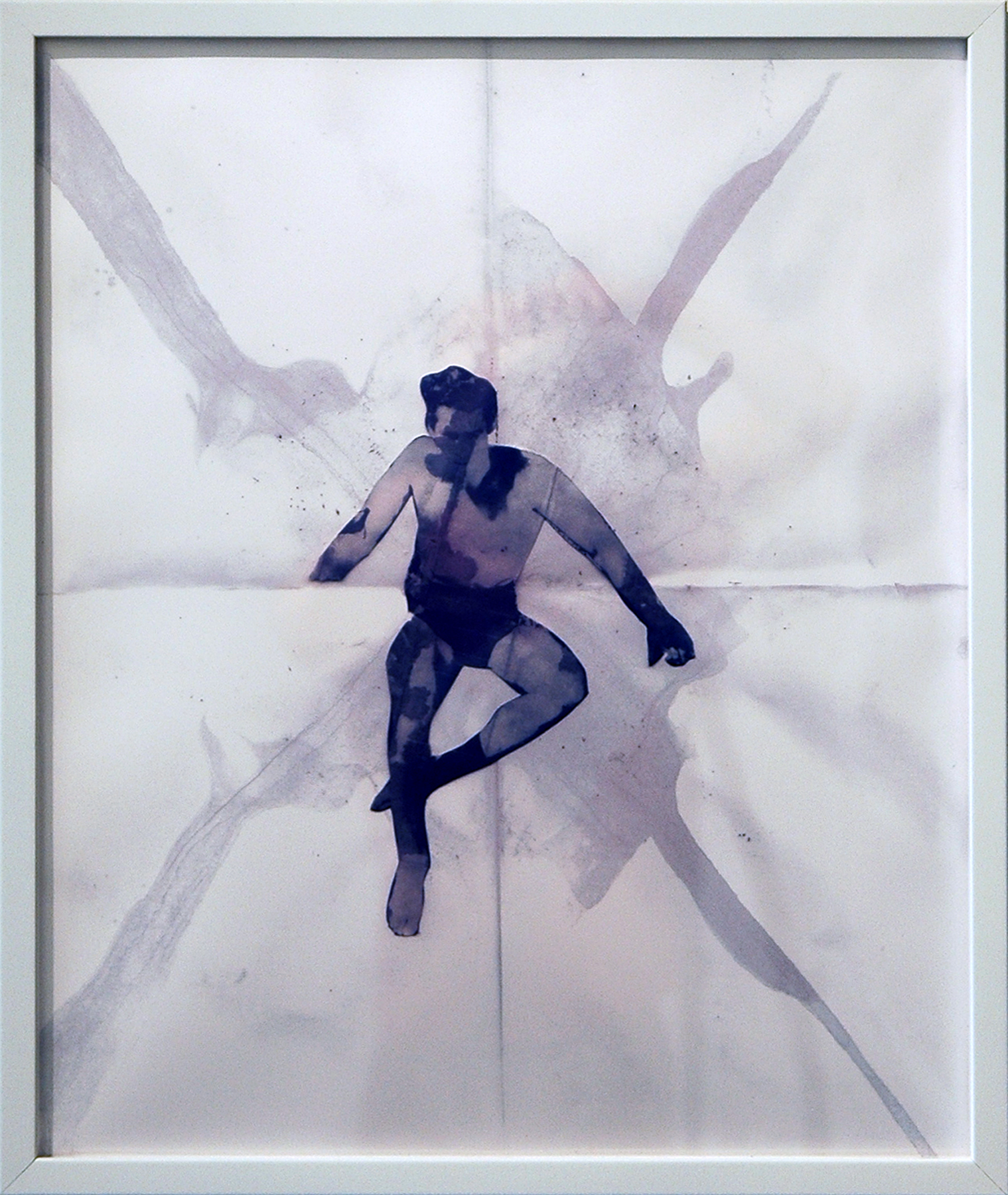
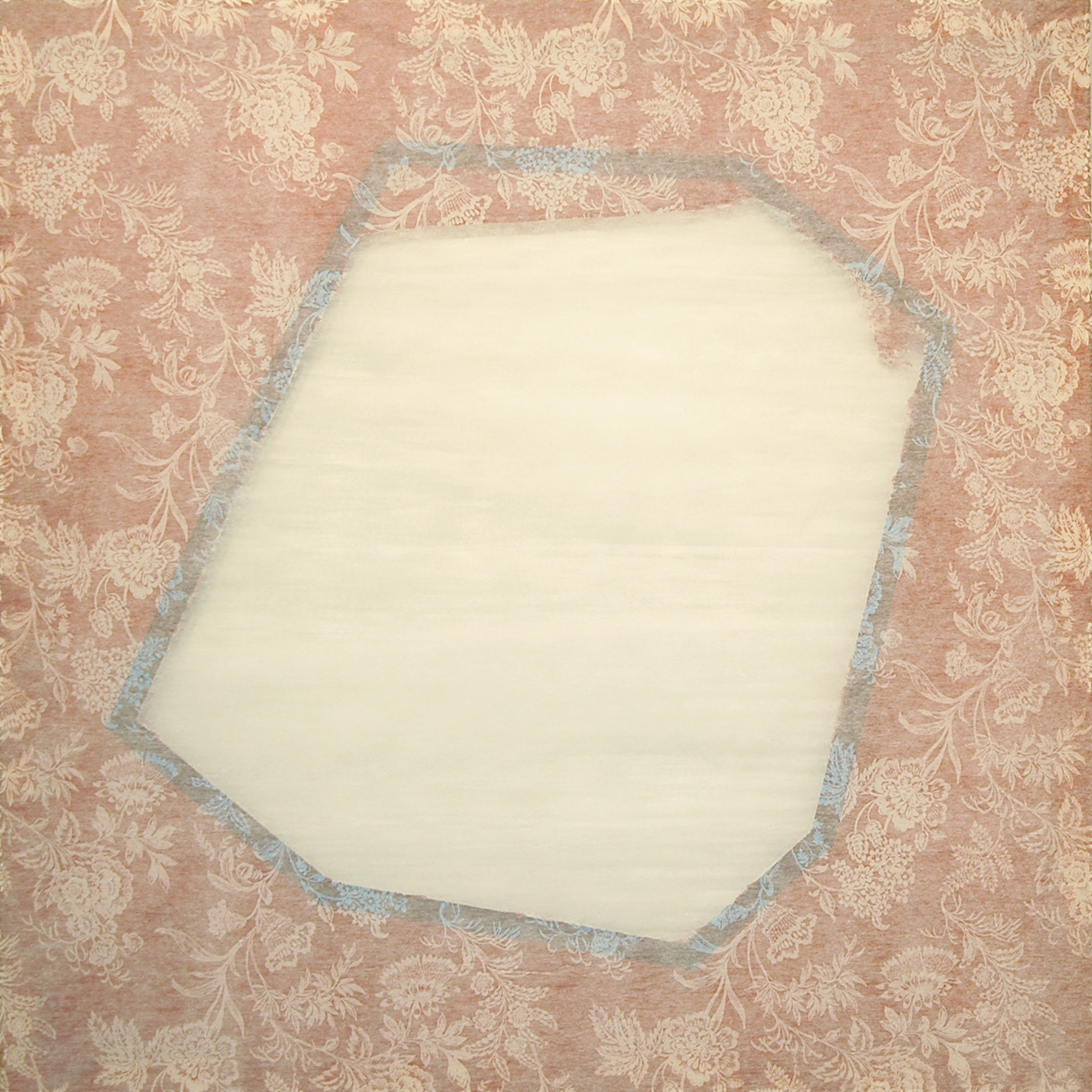
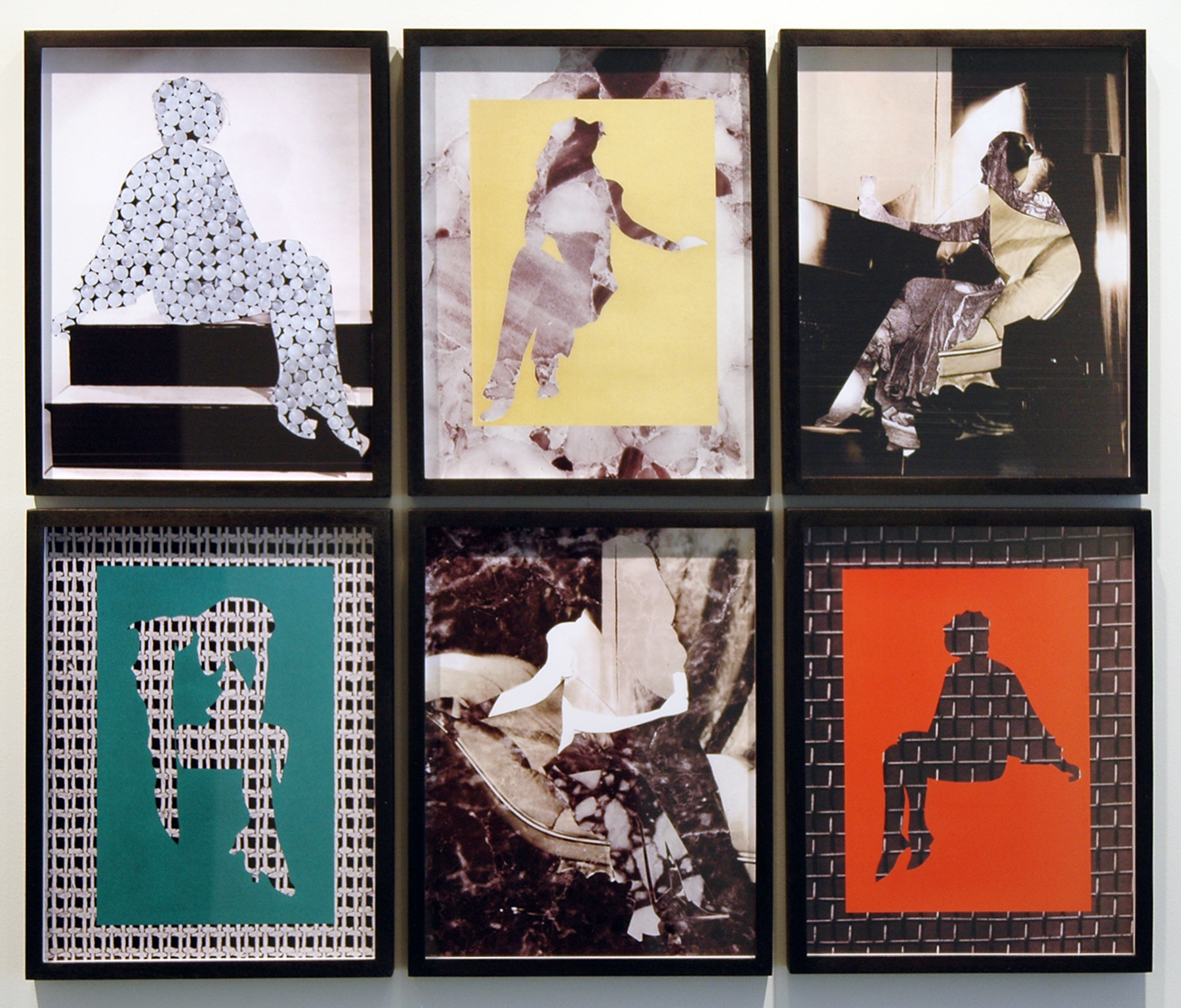
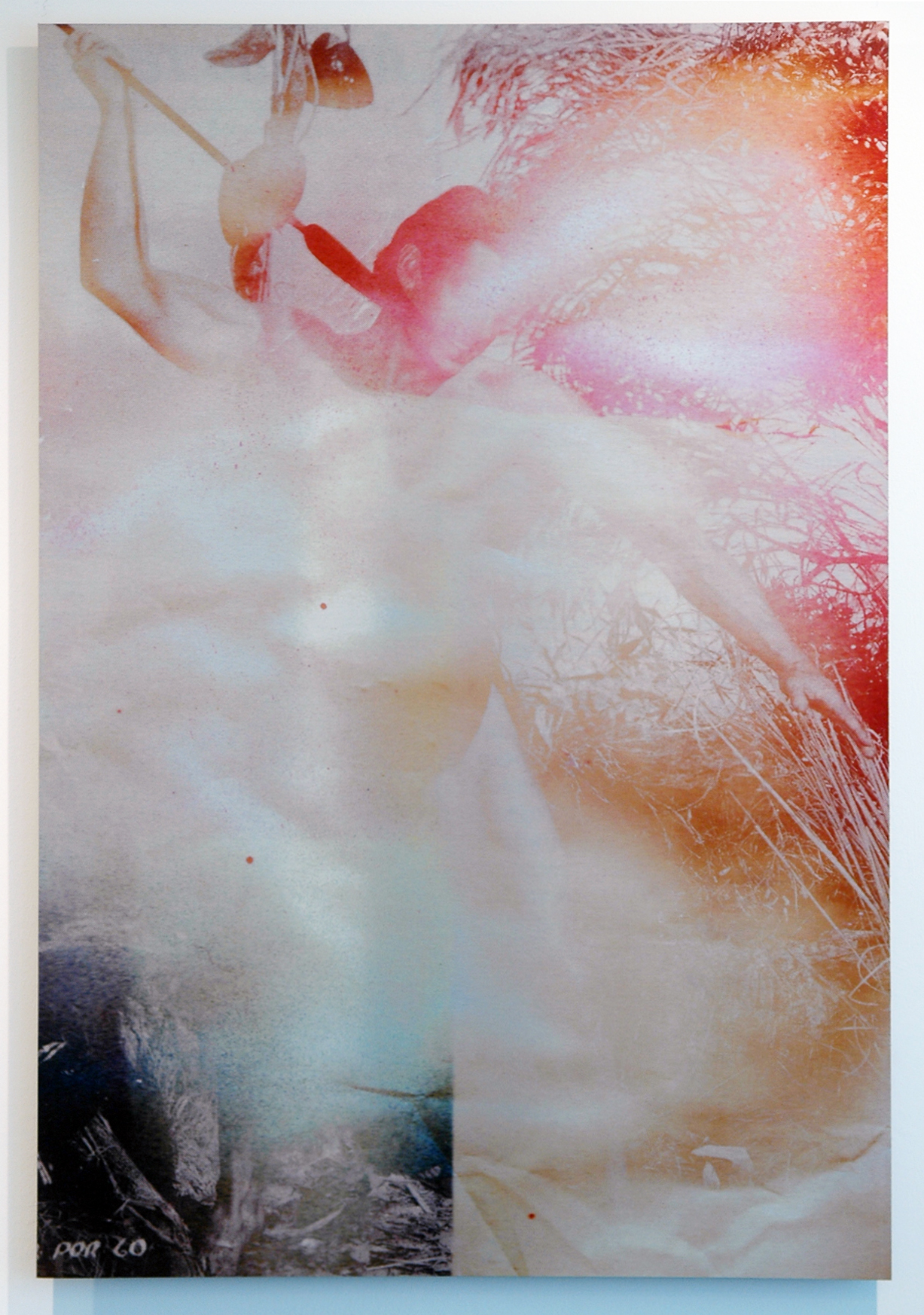
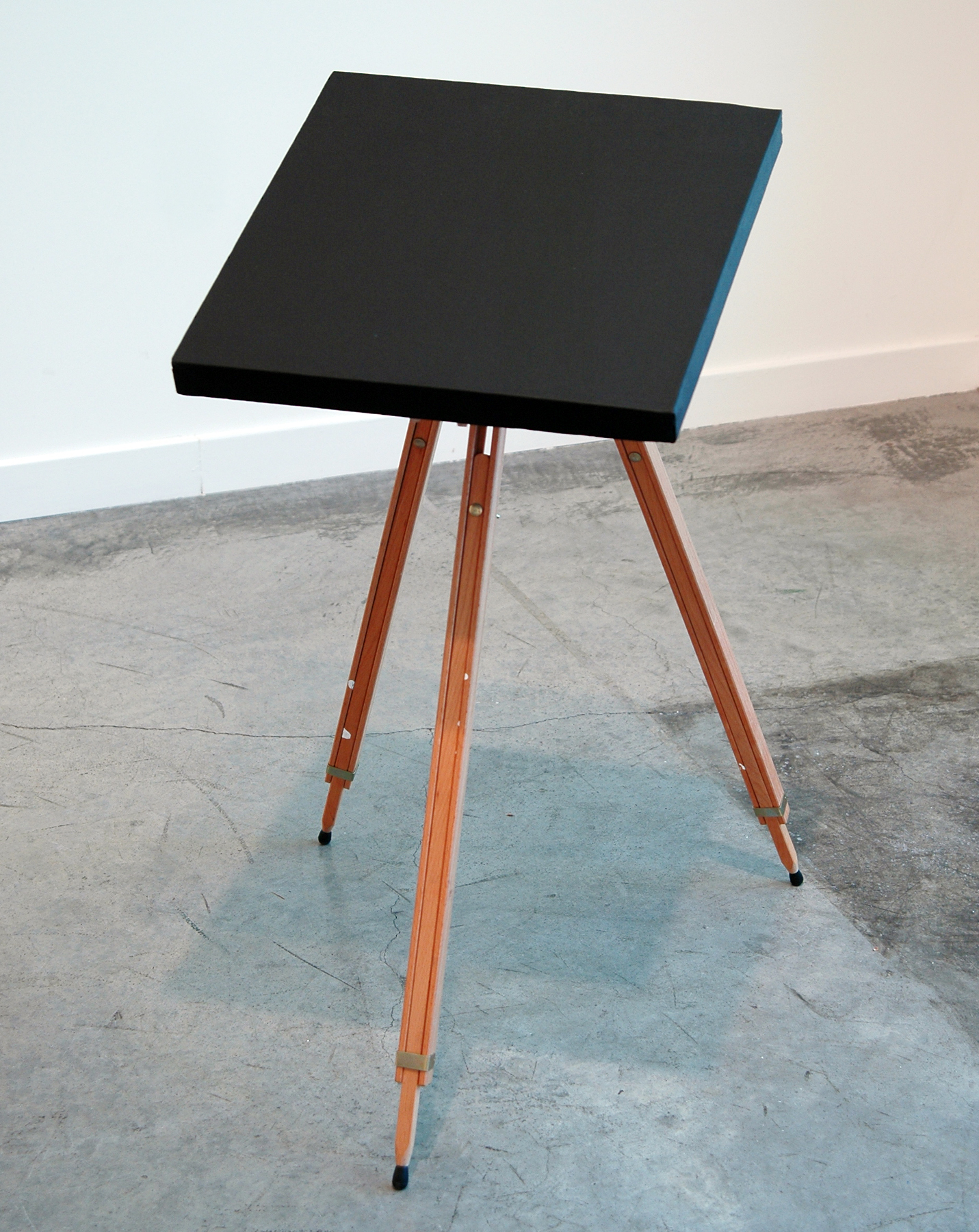
Romer Young Gallery is proud to present The Light that Failed, a new solo exhibition by New York- based artist Deric Carner. In an ambitious departure from the works-on-paper that characterized Carner’s past two solo exhibitions with the gallery (2008, 2010), The Light that Failed incorporates painting, c-prints, sound and sculptural elements in an associative installation that blurs cinematic storylines and real-life narratives dealing with themes of inspiration, melancholia and transformation.
Taking its name from the Rudyard Kipling novel, and subsequent film starring Ida Lupino, the exhibition traces a slippage of intertextual relations, engaging viewers to look through one subject into another. In Kipling's novel, a former war correspondent finds success as genre artist, and is laboring to finish what is meant to be his great masterwork—a painting entitled Melancolia—as he is slowly consumed by blindness. The exhibition cross-references imagery related to the film, with Dürer's Melancolia I etching and physique model Gordon Scott's star text, forming an arc from enlightenment and alchemy to colonialism, bodybuilding and fame.
Visitors entering the gallery are greeted by an image taken from a dusty newspaper of Ida Lupino, which the artist found hidden behind a bookcase on a previous visit to San Francisco. Reprinted in intense blue, the sultry portrait is an evocative cypher and key to the first in a series of elaborate backstories that Carner interplays throughout the exhibition and accompanying publication. Lupino plays Bessie Broke in the 1939 film adaptation of The Light That Failed, a downtrodden model for artist Dick Heldar's painting, Melancolia. For Dick, Ida embodies a tragic and defiant muse, yet it is her hand which will ultimately undo Dick's masterwork. And Lupino proves an exemplary model for such a woman, as her real-life frustration in the limited range of female leading roles drove her to work on the other side of the camera. Taking on the duties of screenwriter, director and producer of films with strong social messages, Lupino became one of Hollywood's first female auteurs.
Displacing one melancholic “masterpiece” with another, Carner proposes Dürer's Melancolia I, as an alternative to Dick’s portrait. Dürer’s well known etching from 1514 contains many occult symbols referring to alchemical ambitions. Alchemy—the failed science of transformation from base to higher materials—is depicted as a depressed angel, a compelling analogue to Kipling's characters, since conventional interpretations read the figure literally, as creative genius and the momentary frustration of inspiration. This image has been reduced to the large truncated polyhedron shape, known as "Dürer's Solid," which is represented here as an emblematic painting. This piece functions as the uncanny locus of the installation, linking Ida Lupino to the unlikely figure of Gordon Scott.
Gordon Scott was a lifeguard and bodybuilder 'discovered' at the Sahara hotel and casino in Las Vegas and famously given "a seven year contract, a loincloth, and a new last name," thus becoming the 11th in a line of cinematic Tarzans in 1955. The Tarzan books famously echo Kipling's Jungle Book and myths such as Romulus and Remus (the latter, whom Scott portrays in Duel of the Titans) as their primary points of inspiration. An icon of immediate and plastic transformation, Scott is represented in the exhibition by a large print on aluminum and an evocative sound installation. The sound component is an original composition recreating the opening sequence of Tarzan's Hidden Jungle, Scott's first film. This acts as a cinematic stand-in and a link to the blind artist—who can now only hear in a world gone dark.
Deric Carner (b. Arlington, Virginia, USA, 1975; lives in New York) received an MFA at the Piet Zwart Institute, Rotterdam, 2005; with a concurrent MA from the University of Plymouth, UK, 2005, and a BFA in Studio Art from the University of California at Santa Cruz, 1998. He has participated in group and solo exhibitions including: Telefone Sem Fio, The Word-Things of Augusto de Campos Revisited, EFA Project Space, New York, 2011; Repetition Island, Centre Pompidou, Paris, 2010; Range Rover, Louis V.E.S.P., Brooklyn, 2010; Exercises In Seeing, Queens Nails Projects, San Francisco, 2009; and Hypnotic Show, Artists Space, New York, 2009. Carner received a MacDowell Fellowship in 2009.
